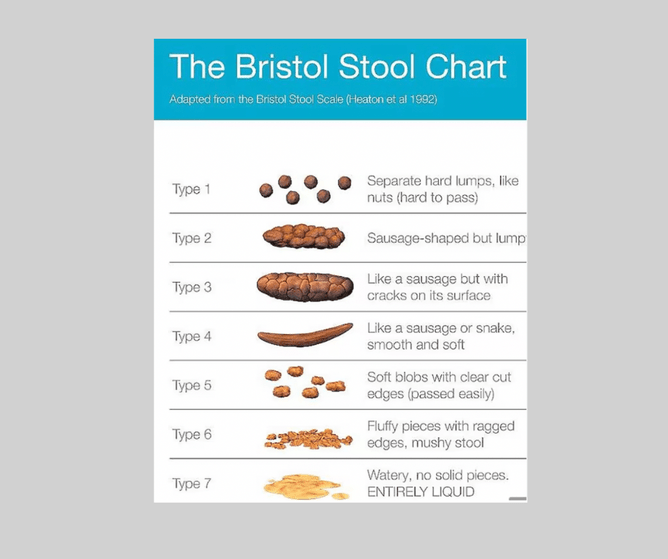While it’s not a topic we usually dwell on, our bowel movements—consistency, colour, and frequency—provide important clues about our overall health.
What Is a Bowel Movement?
A bowel movement refers to the waste matter expelled from the bowels after food has been digested. The size, shape, colour, and odour of your stool depend on how long it spends in the colon, which is part of the digestive system. These characteristics are influenced by your diet, medications, hydration levels, and overall lifestyle.
Indicators of Good Digestive Health
Regular, soft, and brown bowel movements are signs of good digestive health. What’s considered “regular” can vary from once a day to three or four times a week.
When to Monitor Changes
An occasional irregular bowel movement isn’t usually a cause for concern. However, it’s essential to monitor your stools and discuss any unusual changes with your doctor.
Healthy Stool Colour
The colour of your stool can vary depending on diet and digestive health. Here are some common colours and their possible causes:
Brown: Healthy stool colour due to normal digestive processes.
Green: May result from antibiotics, iron supplements, green vegetables, or rapid transit through the gut.
Yellow: Greasy, yellow stools with an unusual odour may indicate poor digestion; normal in breastfeeding babies.
Red: Foods like tomato soup or red candy can cause red stools, but bright-red stools might indicate bleeding in the digestive tract.
Black: Can be caused by medications or iron supplements, or dark foods like blueberries. Jet-black stools without dietary causes may signal bleeding in the stomach or small intestine.
If you notice unusual stool colours without a clear dietary reason, especially if accompanied by other symptoms like abdominal cramping, consult your doctor.
Bowel Movement Consistency
Stool colour is important, but so are shape and consistency. The Bristol Stool Chart, developed by researchers from Bristol, England, is a useful tool for assessing stool health. It categorises stools into seven types:
• Types 1 and 2: Lumpy and hard to pass, indicating constipation.
• Types 3 and 4: Smooth and sausage-shaped, ideal consistency.
• Types 5, 6, and 7: Ranging from soft blobs to watery, indicating diarrhoea.
When to Call the Doctor
Finding blood in your stool can be alarming. Blood in the stool, appearing bright red or black, signals bleeding in the digestive tract and can be caused by conditions like anal fissures, haemorrhoids, stomach ulcers, diverticulitis, or polyps. Consult your doctor if you see blood in your stool, especially with persistent stomach pain. Diagnostic tests, including blood tests, endoscopy, or colonoscopy, can help determine the cause.
Tips for Healthier Bowel Movements
A one-time different-looking bowel movement is usually not a concern. However, persistent changes should prompt a consultation with your doctor.
Here are some tips for maintaining healthy bowel movements:
Stay Hydrated: Drink plenty of water.
Eat High-Fibre Foods: Include vegetables, fruits, nuts, and beans in your diet.
Exercise Regularly: Even short walks can aid digestion.
Eat Well-Rounded Meals: Focus on meals with fibre, protein, and healthy fats.
Respond to Natural Urges: Don’t hold in your stool to avoid constipation and haemorrhoids.
Get Enough Rest: Good sleep and low stress levels benefit your digestive system.
If you have questions or concerns about your digestive health, don’t hesitate to reach out to your GP or healthcare provider.





